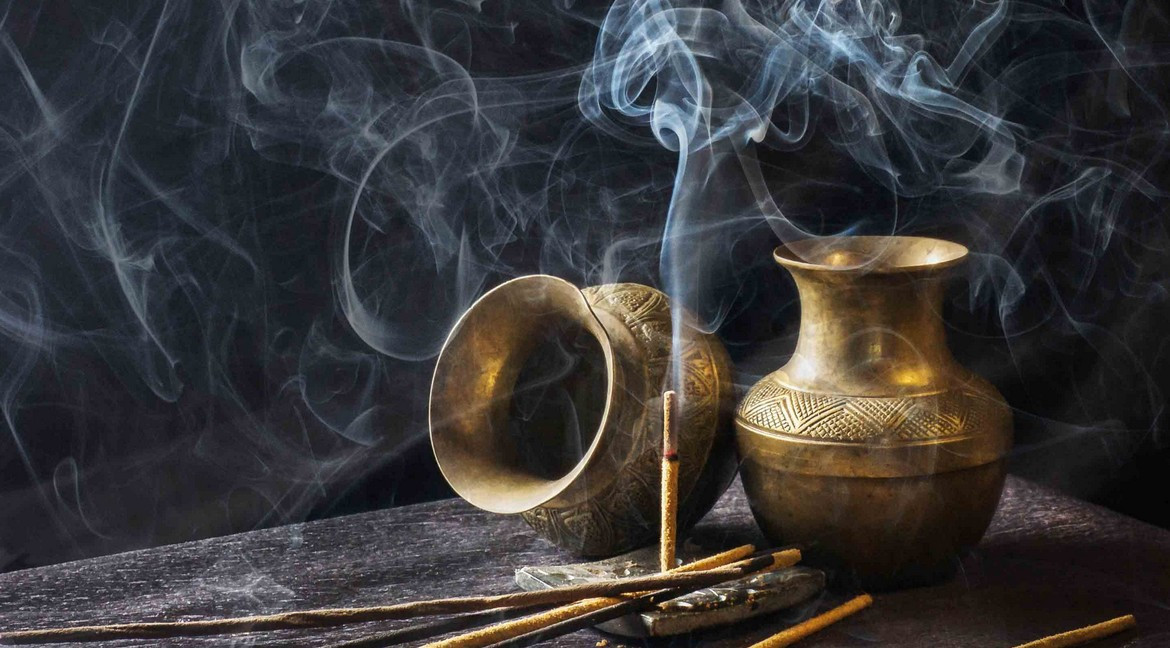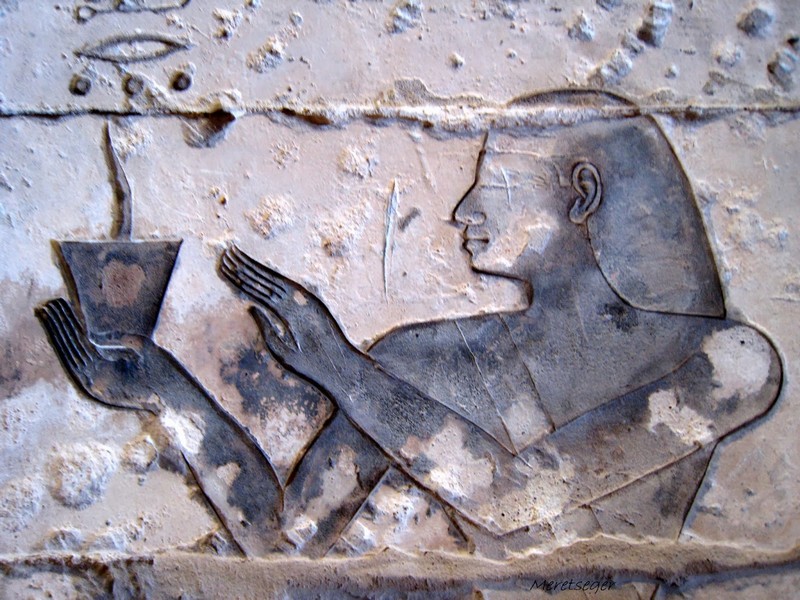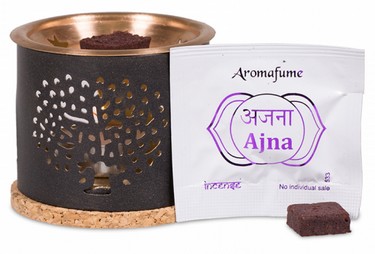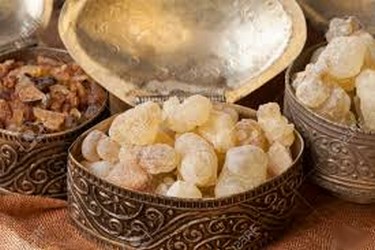
Incense in all its forms
Incense and its history.
The term incense is used to describe various substances that give off a pleasant smell when burned or heated, this word arrived in the French language late and was borrowed from the Latin "incensum" which referred to a material burned in sacrifice, the Greeks in antiquity gave it the name "thymiama" which evokes both the idea of offering and perfume. The etymology of the term incense brings us back not only to the fragrance it gives off but also to its sacred aspect.
Incense and fumigations were apparently the first perfumes of humanity. Very early in history, people discovered the warmth of fire but also the beneficial art of burning herbs, roots and resin on burning ashes. We find traces of its practices, particularly among the Egyptians, Greeks, Romans, Amerindians and in the Old Testament. The purpose of these fumigations was not only olfactory but also because our ancestors understood that perfumes influence and guide us much more than our conscience leads us to believe. Perfumes intoxicate us, they descend deep within us and reach our body, soul and spirit.

The different forms of incense
Cones and sticks
Today, the easiest incense to obtain is incense and sticks or cones, it is made from aromatic powders, sometimes reinforced with scented oils such as champa, water and combustion-enhancing powder that are then mixed and rolled around a small bamboo stick for Indian incense or extruded into a stick for Japanese incense. By lighting the end of the stick or cone, the incense is slowly consumed while emitting a more or less abundant smoke. Japanese incense is known not to emit any smoke.
The bricks
Incense bricks are specially designed to reach appropriate temperatures in order to obtain a perfect diffusion of aromas. Made from natural ingredients including aromatic woods, plant extracts, resins, leaves, flowers or essential oils, the bricks must be heated using a small suitable heat-resistant device, a candle will be placed in it to heat the brick placed above it so that combustion can take place and the perfume is delivered.
Incense and grain / resin
Resin or grain incense should be used on a charcoal incense burner with special sieves so that the resin burns slowly. Mainly used in the esoteric environment, incense in granular or resin form is natural.



To find our selection of incense:
 Français
Français English GB
English GB
All comments